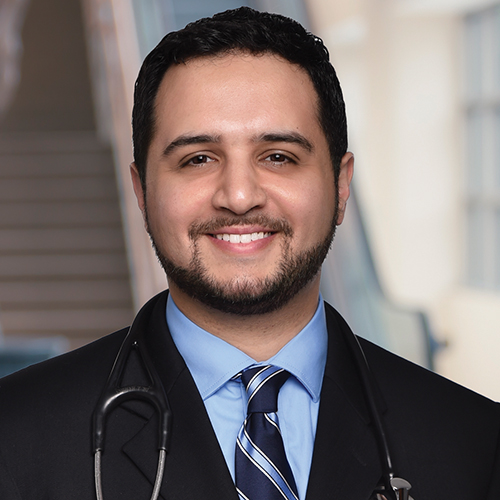Amy Warburton, Riverside Imaging Quality and Business Operations Manager, oversees the Riverside Lung Nodule Clinic Patient Navigator team. The team is responsible for tracking lung patients and ensuring they receive the proper follow-up care from their primary physician. This work, along with educating patients about the lung cancer screening program at Riverside, makes their position an essential part of patient care at Riverside Healthcare.
Riverside’s Lung Cancer Screening Program
Lung cancer screening provides a baseline from which doctors can track abnormalities discovered during the screening or to observe when nodules appear in subsequent screenings.
“Patients are physician referred and receive a low dose CT of their chest. The process is very quick and patients are out in just a few minutes,” explains Warburton.
To be eligible for the lung cancer screening program at Riverside, patients must be between ages 50 and 77 and a current or former smoker. “If you are a former smoker, you must have quit 15 years ago or less. Patient must also have a 20-pack per year history of smoking, what we call a ’20-pack-year history’ of smoking. This means you smoked a pack a day for 20 years or smoked two packs a day for 10 years and so on,” says Warburton.
Diagnosis & Treatment Options
Lung nodules are often discovered as part of a planned screening but may also be detected during an x-ray or CT for an unrelated issue. Follow-up is determined by the characteristics of the nodule.
“Some patients are advised to come back in a few months for a rescan to see if the nodule grew or changed. Other nodules may need more aggressive treatment. The radiologist might recommend an alternate test within a couple of weeks of the screening or even do a biopsy,” explains Warburton. If additional care and treatment are needed, the Imaging Patient Navigation team is available to help patients understand the process, get answers to their questions, and help demystify their new reality.
Early Detection & Prevention Is Key for Survival
“Early detection is critical to a patient’s success,” advises Warburton. With early detection and frequent screenings, positive outcomes increase dramatically.
Prevention, however, is the ultimate goal. Stopping smoking is one of the quickest ways to reduce chances of developing lung cancer.
Most importantly, being aware of your health is often the best predictive outcome for any patient at the Lung Nodule Program. “Some patients are nervous or reluctant to have this scan. It can be scary, but once you have completed and realize how simple the test is, it makes it a bit easier,” assures Warburton. “And, most are thankful they came in.”
For more information about lung nodules, screenings, and help with quitting smoking, visit RiversideHealthcare.org or call the lung nodule program to speak with our Imaging Patient Navigator team.

